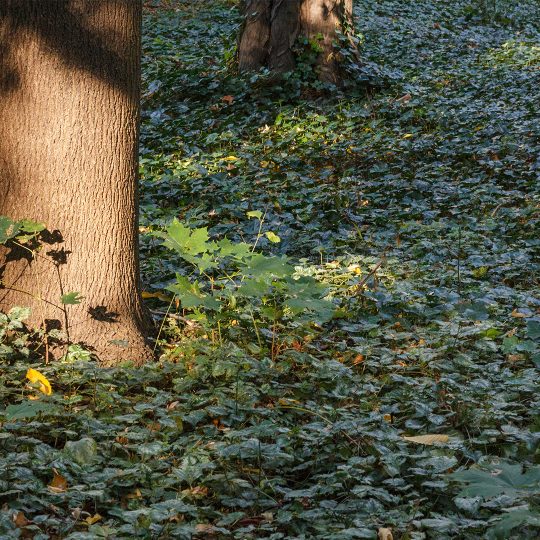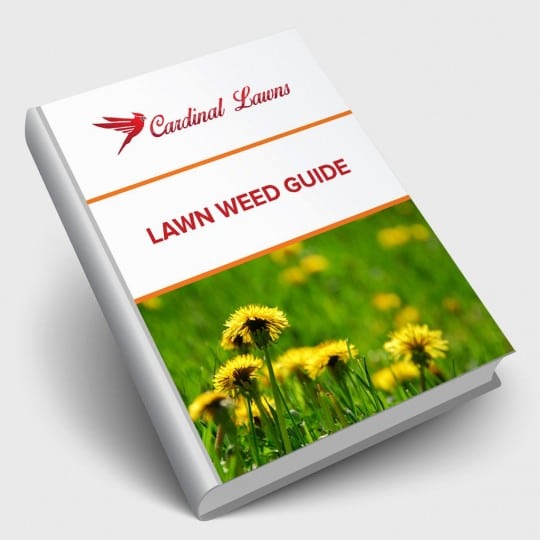Dangers of Ground Ivy
And How to Control this Weed
Posted
May 17, 2018

Ground ivy thrives in moist, shaded areas. You’ll notice its slender, four-sided stems and raised, rounded leaves with scallop-like teeth. In the spring and early summer, you may also see small blue flowers growing from the plants. While it may look nice along fences and walls, there are dangers of ground ivy in areas around farms and streams.
Dangers of Ground Ivy
Ground ivy is not so pretty when you learn it contains a volatile, aromatic oil and a bitter chemical substance. This is especially harmful for animals put out to pasture. If farmers don’t notice the ivy, animals could potentially eat the poisonous weed. Dried ivy can also make its way into hay or other types of feed. Even though most animals don’t like the bitter taste, there’s still a chance they may eat too much.
Look for the following signs of possible poisoning:
- Excessive slobber and sweat
- Dilated pupils
- Panting
These cases are rarely fatal, but precautions should still be made. Animals should not be allowed to graze in areas infested with the weed. Hay should also not be made in these meadows. Pay extra attention during the seasons when the pastures are dry and food sources are scarce, since this is the time a hungry horse or cow may not be so picky about the bitter taste.
Controlling Ground Ivy
Ground ivy is a weed, so it should be treated like one. Remember to use a safe method of weed control if it’s in an area where animals graze. Catching it early will help keep the infestation to a minimum, thus helping to keep your animals healthy.

Download Your FREE Lawn Weed Guide
Before weeds take over your yard this season, learn to identify and prevent them in the first place. Keep your lawn looking great all year!